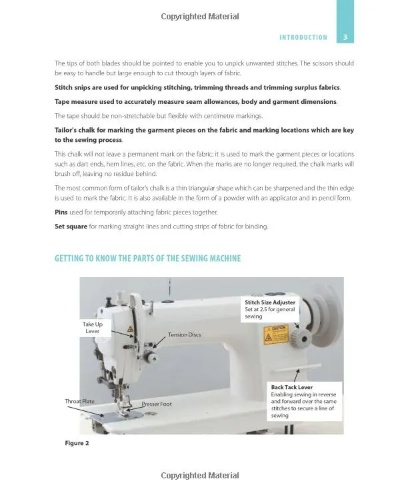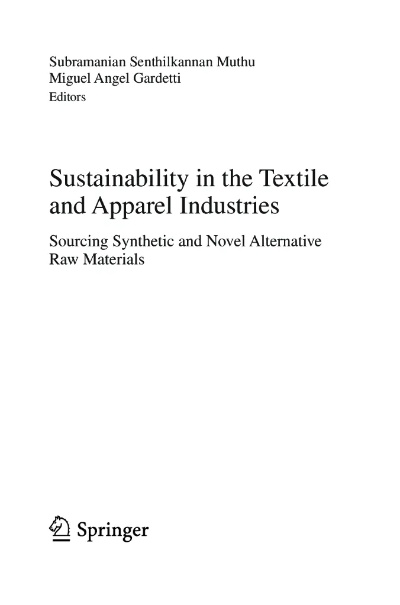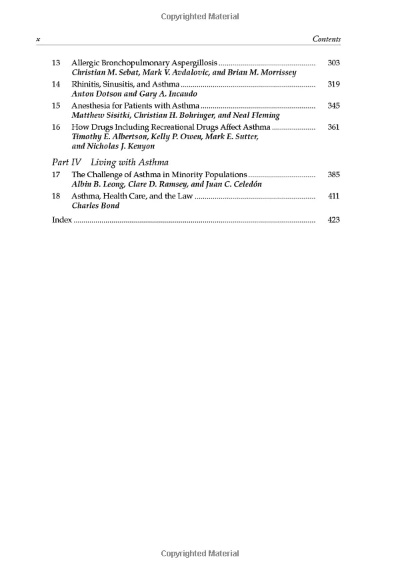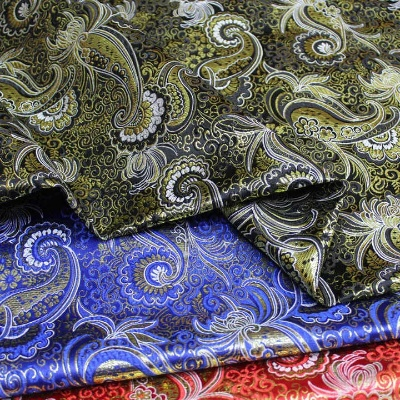Understanding Textile Antimicrobial Standards:A Comprehensive Guide
This comprehensive guide provides a detailed understanding of textile antimicrobial standards, including the various types of antimicrobial agents used in textiles, their effectiveness in preventing bacterial and fungal growth, and their impact on human health. The guide covers topics such as the classification of antimicrobial agents, testing methods for evaluating their efficacy, and regulations and guidelines that govern the use of antimicrobial agents in textiles. It also includes information on the potential risks associated with using antimicrobial agents in textiles, such as resistance development and environmental impact. Overall, this guide is essential for anyone working with textiles, from manufacturers to consumers, to ensure that they are using products that meet the highest standards of antimicrobial protection.
Introduction: In the world of textiles, ensuring hygiene and safety is paramount. The advent of bacteria-resistant pathogens has led to an increased focus on antimicrobial properties in textile products. This guide aims to provide a comprehensive overview of textile antimicrobial standards, including their definitions, methods of testing, and examples of compliance.
Textile Antimicrobial Standards: What Are They? Antimicrobial textiles are designed to inhibit or kill harmful microorganisms, such as bacteria, fungi, and viruses, that can cause infections in humans or animals. These standards define the minimum level of antimicrobial activity required for textile products to be considered safe and effective against these pathogens.

Methods of Testing: There are several methods used to test textile antimicrobial properties, including:
- Agar diffusion assays: These tests measure the ability of a textile material to inhibit the growth of bacteria on agar plates.
- Bactericidal tests: These tests determine how long a textile material can maintain its antimicrobial properties after exposure to a bacterial challenge.
- Biofilm inhibition assays: These tests evaluate the effectiveness of textile materials in preventing the formation of bacteria-laden biofilms, which can lead to chronic infections.
- In vitro tests: These tests simulate the environment in which textile materials will be used and assess their ability to inhibit microorganisms under real-world conditions.
Examples of Compliance: Here's an example table showing some common textile antimicrobial standards:
| Label Code | Description | Applicable Standard |
|---|---|---|
| ISO 22196 | Bacteria-resistant textiles | International Organization for Standardization (ISO) |
| ASTM E2140 | Antimicrobial fabric | American Society for Testing and Materials (ASTM) |
| EN 13722 | Antimicrobial textiles | European Committee for Electrotechnical Standardisation (CEN) |
| FDA 21 CFR 186.500 | Antimicrobial textiles | U.S. Food and Drug Administration (FDA) |
Compliance Example: Consider a hypothetical scenario where a company produces clothing with an antimicrobial finish. To ensure compliance with international standards like ISO 22196 and ASTM E2140, the company would need to conduct a thorough testing program that includes both agar diffusion assays and biofilm inhibition assays. For instance, they could test the fabric's ability to inhibit the growth of Staphylococcus aureus, a common skin-inhabiting bacterium, on agar plates. Additionally, they could use a biofilm inhibition assay to measure the fabric's effectiveness at preventing the formation of S. aureus biofilms on a surface. By demonstrating these results, the company can demonstrate its product's compliance with relevant antimicrobial standards and gain consumer trust.
Conclusion: Understanding textile antimicrobial standards is crucial for manufacturers, retailers, and consumers alike. By following established testing protocols and complying with internationally recognized standards, companies can ensure that their textile products are not only safe but also effective in preventing the spread of harmful microorganisms. With this knowledge in hand, we can all work together to create a safer and healthier future for ourselves and our loved ones.
纺织品抗菌的重要性
在当今快速变化的环境中,抗菌纺织品的需求日益增长,抗菌纺织品旨在防止或减少细菌、病毒等微生物的传播,保护人们的健康,为了确保纺织品具有抗菌效果,必须遵循一系列严格的抗菌标准。

抗菌纺织品标准概述
抗菌纺织品的标准主要涉及以下几个方面:
- 微生物测试标准:测试纺织品对常见细菌和病毒的有效抑制能力。
- 抗菌性能测试:评估纺织品在特定环境下的抗菌效果,如湿度、温度等。
- 安全性和环保性要求:确保纺织品对人体和环境无害。
抗菌案例分析
以下是一个抗菌纺织品标准的案例分析,以供参考:
某品牌抗菌棉质睡衣
该品牌推出的抗菌棉质睡衣采用了先进的抗菌技术,经过严格的生产流程和质量检测,符合国际抗菌纺织品标准,该睡衣具有出色的抗菌效果,可以有效抑制细菌生长,减少皮肤感染的风险,该睡衣还具有舒适透气、柔软贴身的特点,深受消费者喜爱。
抗菌丝绸围巾

某品牌推出的抗菌丝绸围巾采用了独特的纤维材质和抗菌技术,可以有效抵抗多种细菌的滋生,该围巾在高温、潮湿环境下具有出色的抗菌效果,适合各种场合佩戴,该围巾还具有优雅时尚的外观,深受女性消费者的喜爱。
抗菌纺织品标准的具体要求
根据抗菌纺织品标准,具体要求如下:
- 微生物测试标准:必须进行严格的微生物测试,确保纺织品对常见细菌和病毒的有效抑制能力达到一定的标准。
- 抗菌性能测试:纺织品需要经过一系列的测试,包括高温蒸汽灭菌测试、湿度适应性测试等,以确保其在特定环境下的抗菌效果,还需要考虑纺织品对人体和环境无害的要求。
- 安全性和环保性要求:纺织品必须符合相关安全性和环保性标准,确保在使用过程中对人体和环境无害,还需要考虑纺织品的可持续性,采用环保材料和生产工艺。
抗菌纺织品标准的实施与推广
为了确保抗菌纺织品标准的实施与推广,可以采取以下措施:
- 加强宣传教育:通过各种渠道宣传抗菌纺织品的重要性及其对人类健康的影响,提高人们对抗菌纺织品的需求和认识。
- 建立认证体系:建立抗菌纺织品认证体系,对符合抗菌纺织品标准的纺织品进行认证和标识,提高市场上的可信度和竞争力。
- 推动技术创新:鼓励纺织企业加强技术创新,提高纺织品的抗菌性能和环保性能,满足人们对健康和环保的需求。
- 加强国际合作:加强国际合作,共同制定和推广抗菌纺织品标准,促进全球纺织品的健康发展。
纺织品抗菌标准是保障人类健康的重要措施之一,为了确保纺织品具有抗菌效果,必须遵循一系列严格的抗菌标准,还需要加强宣传教育、建立认证体系、推动技术创新和加强国际合作等措施,促进纺织品的健康发展。
Articles related to the knowledge points of this article:
Trends and Challenges in the Multi-Layered Dyeing Industry in Tinghu District
A Comprehensive Guide to Textile Certifications
The Future of Specialty Textiles:A Comprehensive Look at Kelon Threads
Functional Textiles:A Global Perspective on Research and Innovation



